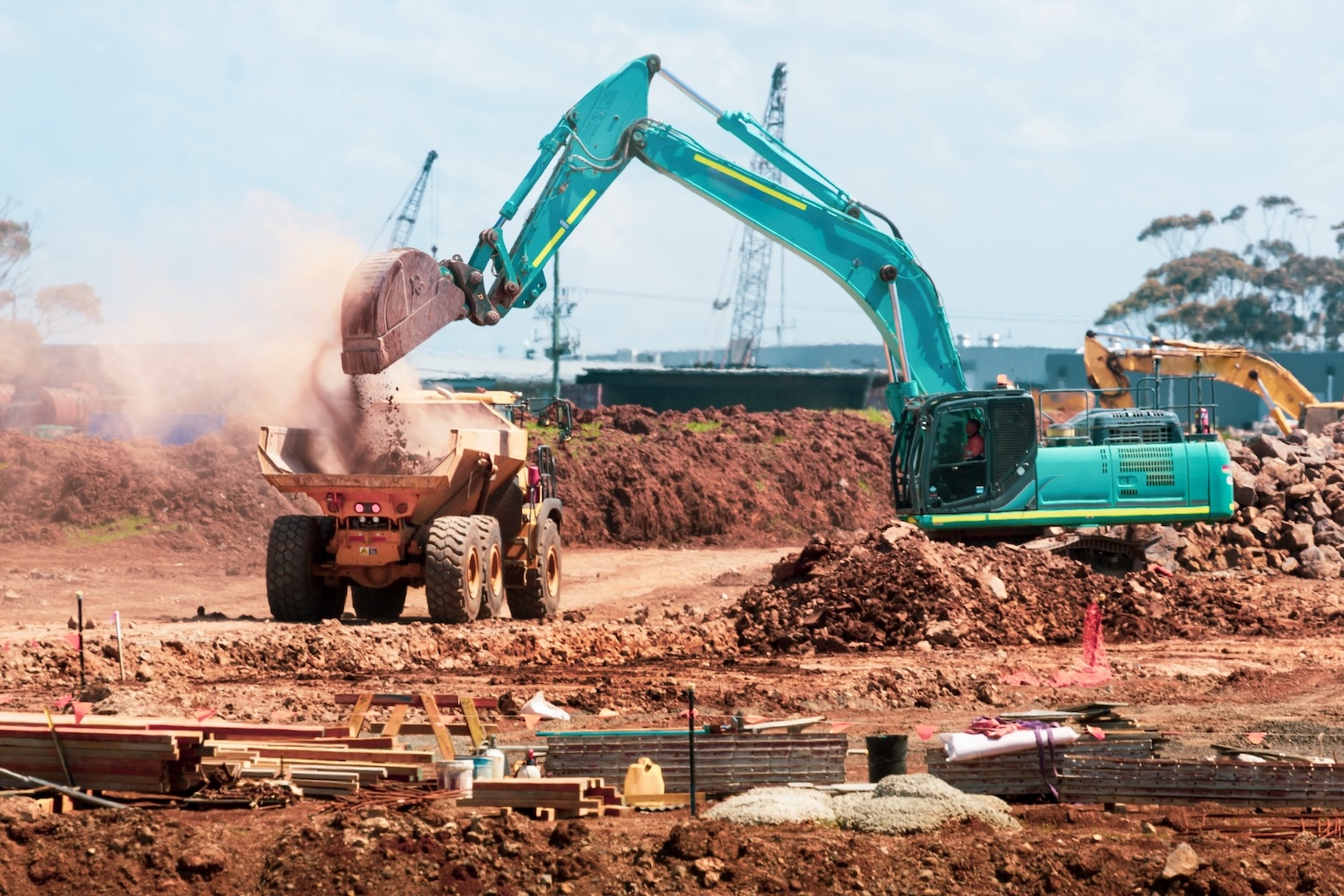.webp)
Ambient Air Pollution Monitoring for School Districts & Campuses
Talk to an air quality expertYour students breathe easier with air quality monitoring
Get in touch
Schools are facing more days with unhealthy air quality than ever before, negatively impacting academic performance and increasing absences.
Three in five US children are worried about the impact of air pollution on their health — does your district have a plan for protecting student health?
Proven success with air monitoring
.webp)


.png)
Why Sensing-as-a-Service℠ for air pollution monitoring?
No separate software purchase. No add-on warranties. No unexpected expenses.
With one upfront service, we’re giving you the affordability, flexibility, and autonomy to eliminate all of your air quality blind spots.

Easily deployed air monitoring devices
Self-powered Clarity Node-S air quality monitoring hardware measures PM2.5 and NO2 and serves as a platform for additional modules that measure Wind, Black Carbon, and Ozone.
Explore our devices
Cloud data management & visualization
Air quality measurements and air sensor network status are easily accessible in real-time via Clarity’s user-friendly Dashboard, REST API, and OpenMap.
Learn more about Clarity CloudExpert air quality project support
An experienced Environmental Project Manager to help you define a project plan and guide you through Collocation and Calibration of your devices.

Clarity Case Study
LA Unified School District
LAUSD’s Know Your Air Network, in partnership with Clarity and the Coalition for Clean Air, is a first-of-its-kind ambient air monitoring network that provides real-time monitoring across more than 200 school campuses, providing reliable, local air quality data for students, educators and parents. Learn more >>
Node-S devices deployed
Square miles covered
Students served
An invisible threat: how air pollution is harming our children’s health
>90% of children globally breathe toxic air every day
Ambient air pollution hurts academic achievement
Air pollution can cause increased absences
3 out of 5 children are worried about air pollution’s health impacts
Protect students from air pollution at your school by monitoring ambient air quality

How does your campus protect students from air pollution?
Talk to an air quality expert
Air quality guidelines for schools — know when to switch to indoor activities
On days when air quality is very poor, schools are recommended to enforce indoor activity schedules. Monitoring AQI levels at your school and following outdoor physical activity guidelines is one of the most effective ways to protect students.
Recommended activities on days with unhealthy air quality
GOOD
MODERATE
UNHEALTHY
FOR SENSITIVE GROUPS
UNHEALTHY
(15 min)
(1 hr)
(2 - 4 hrs)
1. Recommendations provided by CAPCOA's Air Quality Guidance Template for Schools and the United States Environmental Protection Agency (U.S. EPA) and Centers for Disease Control’s Air Quality and Outdoor Activity Guidance for Schools and Wildfire Smoke: A Guide for Public Health Officials.
Reduce absences and improve academic performance by managing air quality in schools


Reduce absences and protect student health
Studies have found that a single day of unhealthy air quality can more than double absences. Absences come at a cost to both schools, and students' families.

Improve academic performance
Exposure to outdoor air pollution can inhibit cognitive development and negatively impact academic achievement. Studies have found air pollution levels to be a statistically significant predictors of student performance.

Make better decisions with real-time air data
Air quality can change rapidly, making it important to have access to real-time air quality data when making operational decisions. Monitoring air quality ensures you make the right decisions for student health.
Drive positive impact your community
You can have a broad positive impact on your community by providing real-time air quality data and educate students and parents on how to minimize their exposure.
Frequently Asked Questions
Why is air quality monitoring important for schools and students?
Children are especially vulnerable to air pollution, which can trigger asthma, impair lung development, and affect cognitive performance. Monitoring air quality on school campuses helps districts protect student health, make informed decisions about outdoor activities, and build community trust. Learn more in our school air quality solutions overview.
Can Clarity’s sensors be installed on school grounds safely?
Yes. The Clarity Node-S air quality sensor is solar-powered, low-profile, and weatherproof—ideal for unobtrusive installation on rooftops, fences, or poles. It operates without needing on-site power or internet, making it safe and easy to deploy on school campuses.
How do school districts typically use the data collected?
Districts use real-time data to make daily decisions about recess, athletic practices, or HVAC usage. Over time, the data helps identify pollution trends and guide infrastructure upgrades or traffic mitigation near schools. Data is visualized via the Clarity Dashboard and can be shared publicly with parents.
Is the platform easy for school staff to understand and use?
Absolutely. The Clarity Dashboard is designed to be intuitive for non-technical users, with color-coded AQI indicators, maps, and simple charts. School staff can quickly assess current conditions, set alert thresholds, and download reports—no data science degree required.
Can Clarity’s system send alerts when air quality becomes unsafe for students?
Yes. Schools can configure Air Quality Alarms to receive email or SMS alerts when pollution exceeds defined thresholds, such as during wildfire smoke or high-traffic hours. Alerts help staff take timely actions like moving recess indoors or notifying families.
Are there any case studies of schools successfully using Clarity?
Yes. For example, Adams County, Colorado partnered with Clarity to install sensors at schools through the "Love My Air" program. These installations provided local data for environmental education and supported EPA-funded community health initiatives.
How can schools use air quality data in classroom learning?
Air quality data can be a powerful STEM teaching tool. Students can explore pollution trends, analyze patterns during wildfires or rush hour, and even conduct their own experiments. Clarity’s public-facing OpenMap makes it easy for classrooms to access and engage with local environmental data.





.png)







